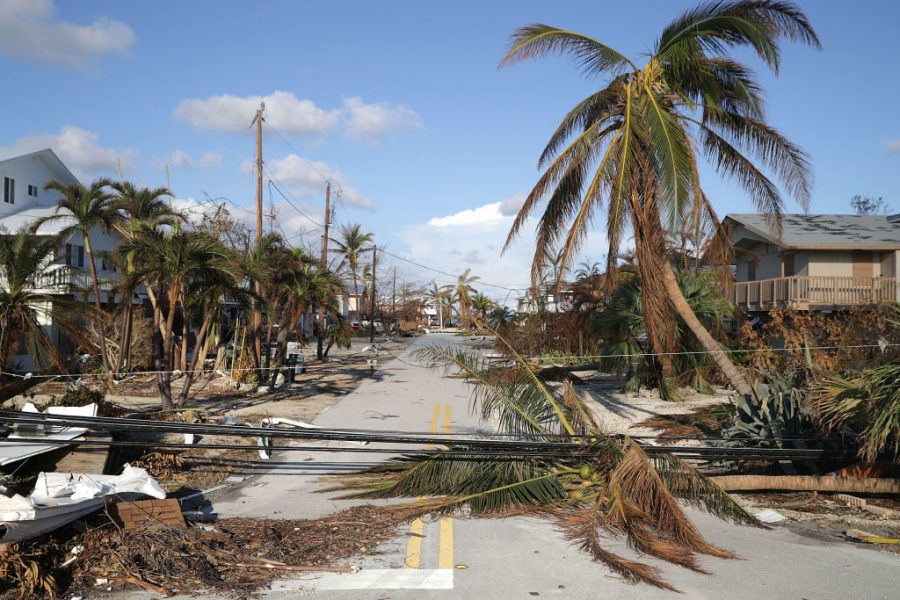In the wake of natural disasters, it’s common to see companies flounder as they cope with physical damages and loss of infrastructure. However, these aren’t the only costs that businesses experience when hit by natural disasters. Before you jump back into business-as-usual, make sure you’re aware of four costs to expect afterward:


The biggest expense in a small business is typically inventory and is often damaged or completely ruined due to a natural disaster. When this happens, you not only need to replace the inventory, you may also need to pay suppliers for a rushed order. Fortunately, there are often ways to quickly fund replacement inventory after a natural disaster strikes. In many cases, insurance will cover at least some of your lost products.
After a natural disaster, property damage is inevitable. While repairs may not happen overnight, it’s important to get the ball rolling on renovations sooner rather than later. One of the most common property damages from a natural disaster is water damage. Fortunately, there are typically companies with commercial water damage restoration services that specialize in working with businesses and tight schedules. With a general idea of the damage and costs to fix it, you’ll be better prepared to hire the right contractor to get the job done. Additionally, you may be able to apply for grants related to the natural disaster to help with the cost of repairs.
Ideally, you are able to maintain your employee’s pay as they complete their jobs. However, it is likely that your business will be shut down while your facility gets repaired. If your company isn’t completely decimated by the natural disaster, it’s time to think of how you can give back. Consider using extra funds or bonuses to help team members and employees get back on their feet. Even if your business can’t reopen immediately, gifting others with emergency funds will go a long way. This is a great way to retain your employees while they may not be able to work for their regular pay. Consider spending whatever reserves you have or company grants you can get from the government to help your employees during this time.
Getting your business up and running as quickly as possible can be an important step for ensuring that you minimize the loss in business. However, insurance may take a while to process your requests and they may choose to only cover some of the products or equipment you need to be replaced. When that is the case, you often have to cover the expenses out of pocket first with the hopes that they’ll cover everything. Unfortunately, there is a high likelihood that not all of the costs will be covered. With that in mind, consider cutting your own pay while you regain funds and get your company up and running again. By doing everything you can to help get your business up and running again, you may be able to become profitable again.
Business owners already have so much stacked against them that experiencing a natural disaster can feel like a final blow. While disasters happen, you can recover from this. Use this guide to help you navigate the process of rebuilding your business after a disaster.
You must be logged in to post a comment.